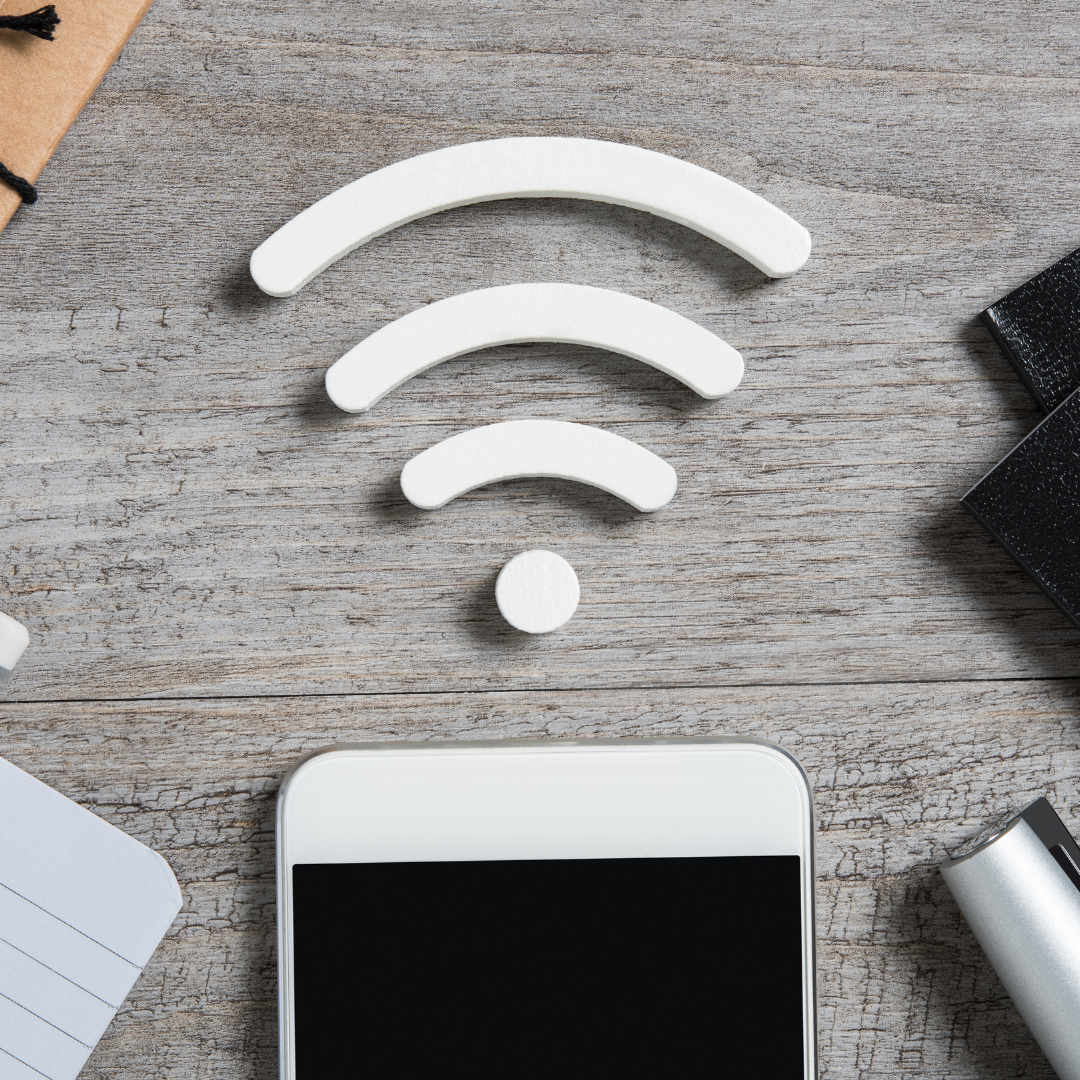
Electro-Magnetic Field (EMF) sensitivity, formerly a contentious issue, has garnered recognition and comprehension in recent years. This syndrome is characterised by a spectrum of non-specific symptoms affecting various organs and the nervous system following exposure to electromagnetic fields, even at low frequencies. In this blog post, we’ll explore the symptoms, mechanisms, and recommended strategies for coping with EMF sensitivity.
Similar to Multiple Chemical Sensitivity, EMF sensitivity manifests in symptoms such as joint and muscular pain, nausea, chest pain, palpitations, shortness of breath, skin reactions, fatigue, headaches, brain fog, cognitive dysfunction, irritability, poor mood, and anxiety. The World Health Organization acknowledges EMF sensitivity, and scientific literature supports its legitimacy [source: WHO].
Common sources of EMFs include mobile phones, telecommunication towers, WiFi, and electronic devices. Studies have linked EMF exposure to abnormalities in neuropsychiatric testing, low-grade inflammation, changes in cerebral blood flow and brain glucose metabolism, alterations in the limbic system and thalamus, increases in oxidative stress, and changes in cardiovascular function [source: DOI: 10.1016/j.envres.2020.109445].
Managing EMF Sensitivity:
While it’s challenging to completely avoid EMFs in our technology-driven society, individuals sensitive to these fields can take practical steps to reduce exposure and support their overall health.
Choose Low-EMF Devices
Explore organisations and websites that provide recommendations for low-EMF phones, EMF blocking devices, and clothing. Opting for such devices can significantly reduce daily exposure.
Limit WiFi Usage
Turn off WiFi, especially before bedtime, and use an ethernet cable when possible. This simple adjustment can minimise exposure during periods of rest, promoting a healthier sleep environment.
Connect with Nature
Spend time outdoors, particularly in natural settings with abundant trees. Nature has been shown to help reduce EMF exposure, providing a refreshing break from the electronic devices and networks that saturate our daily lives.
Avoid Densely Populated Areas
Consider living or travelling through less densely populated areas where there are fewer telecommunication towers and less electronic device usage. This can help reduce overall EMF exposure.
Embrace a Nourishing Diet
Support your health by adopting a wholefoods diet rich in antioxidants. This can help minimise oxidative stress and inflammation within the body, contributing to overall well-being.
As EMF sensitivity gains broader acknowledgment and understanding, individuals experiencing these symptoms can take proactive steps to manage their exposure and support their health. By incorporating lifestyle changes, such as choosing low-EMF devices, limiting WiFi usage, connecting with nature, avoiding densely populated areas, and embracing a nourishing diet, individuals can navigate the challenges of EMF sensitivity and thrive in our technology-driven world.
If you find yourself struggling with the challenges of EMF sensitivity and are seeking holistic solutions tailored to your unique needs, I invite you to connect with me for an appointment. My name is Ash, and I am a Perth naturopath with a special interest in supporting patients with EMF sensitivity. Together, we can delve deeper into understanding your symptoms, lifestyle, and health goals, and explore personalised strategies to mitigate the effects of EMF exposure. By taking this step, you empower yourself to embark on a journey towards greater well-being, armed with insights and natural approaches that align with your individual health concerns. Contact me today to begin your path to a balanced and harmonious relationship with the modern, technology-driven world.
